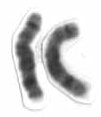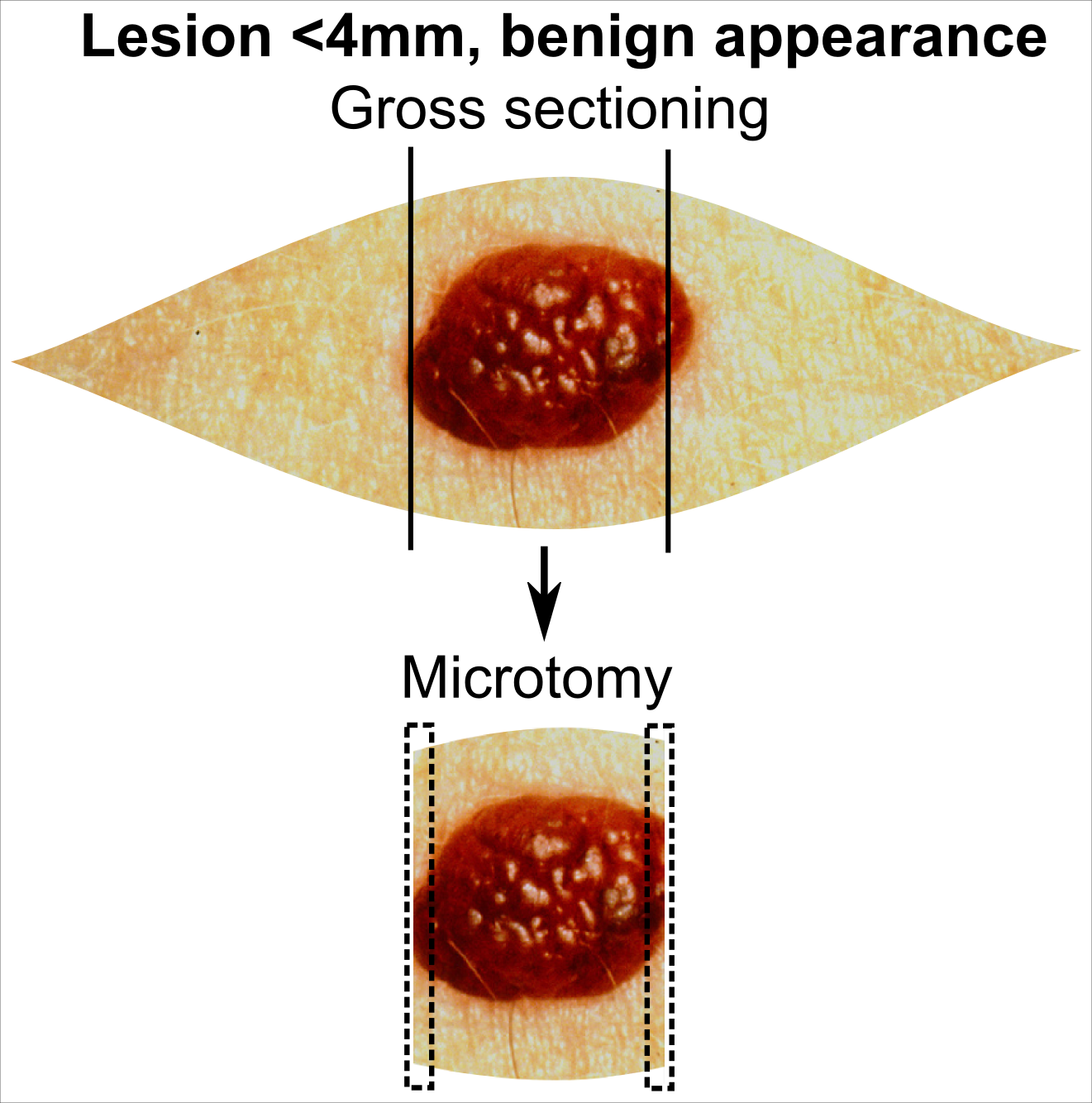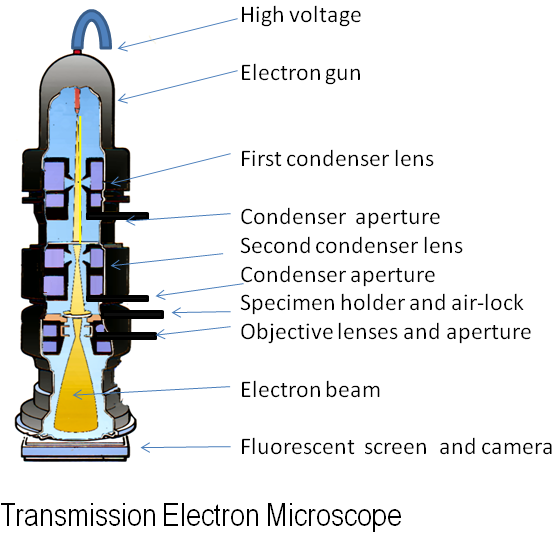|
Acrodermatitis Enteropathica
Acrodermatitis enteropathica is an autosomal recessive metabolic disorder affecting the uptake of zinc through the inner lining of the bowel, the mucous membrane. It is characterized by inflammation of the skin (dermatitis) around bodily openings (periorificial) and the tips of fingers and toes (acral), hair loss (alopecia), and diarrhea. It can also be related to deficiency of zinc due to other, i.e. congenital causes. Other names for ''acrodermatitis enteropathica'' include Brandt syndrome and Danbolt–Cross syndrome. Signs and symptoms Individuals with acrodermatitis enteropathica may present with the following: * Blistering of skin * Dry skin * Emotional lability * Glossitis * Pustule Alopecia (loss of hair from the scalp, eyebrows, and eyelashes) may occur. Skin lesions may be secondarily infected by bacteria such as ''Staphylococcus aureus'' or fungi such as ''Candida albicans''. These skin lesions are accompanied by diarrhea. Genetics Acrodermatitis enteropathica, in te ... [...More Info...] [...Related Items...] OR: [Wikipedia] [Google] [Baidu] |
Autosome
An autosome is any chromosome that is not a sex chromosome. The members of an autosome pair in a diploid cell have the same morphology, unlike those in allosome, allosomal (sex chromosome) pairs, which may have different structures. The DNA in autosomes is collectively known as atDNA or auDNA. For example, humans have a diploid human genome, genome that usually contains 22 pairs of autosomes and one allosome pair (46 chromosomes total). The autosome pairs are labeled with numbers (1–22 in humans) roughly in order of their sizes in base pairs, while allosomes are labelled with their letters. By contrast, the allosome pair consists of two X chromosomes in females or one X and one Y chromosome in males. Unusual combinations of XYY syndrome, XYY, Klinefelter syndrome, XXY, Triple X syndrome, XXX, XXXX syndrome, XXXX, XXXXX syndrome, XXXXX or XXYY syndrome, XXYY, among Aneuploidy, other Salome combinations, are known to occur and usually cause developmental abnormalities. Autosomes ... [...More Info...] [...Related Items...] OR: [Wikipedia] [Google] [Baidu] |
Human Male Karyotpe High Resolution - Chromosome 8 Cropped
Humans (''Homo sapiens'') are the most abundant and widespread species of primate, characterized by bipedalism and exceptional cognitive skills due to a large and complex brain. This has enabled the development of advanced tools, culture, and language. Humans are highly social and tend to live in complex social structures composed of many cooperating and competing groups, from families and kinship networks to political states. Social interactions between humans have established a wide variety of values, social norms, and rituals, which bolster human society. Its intelligence and its desire to understand and influence the environment and to explain and manipulate phenomena have motivated humanity's development of science, philosophy, mythology, religion, and other fields of study. Although some scientists equate the term ''humans'' with all members of the genus ''Homo'', in common usage, it generally refers to ''Homo sapiens'', the only extant member. Anatomically modern huma ... [...More Info...] [...Related Items...] OR: [Wikipedia] [Google] [Baidu] |
ILDS
The International League of Dermatological Societies (ILDS) is a non-governmental organization that works closely with the World Health Organization. It was founded in 1935, but because of World War II no congresses were held until 1952. It is governed by the International Committee of Dermatology. The ILDS is the parent organization of the International Foundation for Dermatology, founded in 1987. After the publication of ICD-10, the ILDS produced a series of compatible extensions for use in dermatology Dermatology is the branch of medicine dealing with the skin.''Random House Webster's Unabridged Dictionary.'' Random House, Inc. 2001. Page 537. . It is a speciality with both medical and surgical aspects. A dermatologist is a specialist medical .... References External links Official site HistoryInternational Foundation for DermatologyApplication to Dermatology of International Classification of Disease (ICD-11) Organizations established in 1935 Dermatology organi ... [...More Info...] [...Related Items...] OR: [Wikipedia] [Google] [Baidu] |
Acrodermatitis
Acrodermatitis /ac·ro·der·ma·ti·tis/ is a childhood form of dermatitis selectively affecting the hands and feet and may be accompanied by mild symptoms of fever and malaise. It may also be associated with hepatitis B and other viral infections. The lesions appear as small coppery-red, flat-topped firm papules that appear in crops and sometimes in long linear strings, often symmetric. It is a diffuse chronic skin disease usually confined to the limbs, seen mainly in women in Northern, Central, and Eastern Europe, and characterized initially by an erythematous, oedematous, pruritic phase followed by sclerosis and atrophy. It is caused by infection with ''Borrelia burgdorferi''. __TOC__ Types Types include: * Acrodermatitis enteropathica * Acropustulosis ** Acrodermatitis chronica atrophicans ** Papular acrodermatitis of childhood ** Dermatitis repens Dermatitis repens (also known as Acrodermatitis continua, Acrodermatitis perstans, Pustular acrodermatitis, Acrodermatitis con ... [...More Info...] [...Related Items...] OR: [Wikipedia] [Google] [Baidu] |
Electron Microscopy
An electron microscope is a microscope that uses a beam of accelerated electrons as a source of illumination. As the wavelength of an electron can be up to 100,000 times shorter than that of visible light photons, electron microscopes have a higher resolving power than light microscopes and can reveal the structure of smaller objects. A scanning transmission electron microscope has achieved better than 50 pm resolution in annular dark-field imaging mode and magnifications of up to about 10,000,000× whereas most light microscopes are limited by diffraction to about 200 nm resolution and useful magnifications below 2000×. Electron microscopes use shaped magnetic fields to form electron optical lens systems that are analogous to the glass lenses of an optical light microscope. Electron microscopes are used to investigate the ultrastructure of a wide range of biological and inorganic specimens including microorganisms, cells, large molecules, biopsy samples, ... [...More Info...] [...Related Items...] OR: [Wikipedia] [Google] [Baidu] |
Skin Biopsy
Skin biopsy is a biopsy technique in which a skin lesion is removed to be sent to a pathologist to render a microscopic diagnosis. It is usually done under local anesthetic in a physician's office, and results are often available in 4 to 10 days. It is commonly performed by dermatologists. Skin biopsies are also done by family physicians, internists, surgeons, and other specialties. However, performed incorrectly, and without appropriate clinical information, a pathologist's interpretation of a skin biopsy can be severely limited, and therefore doctors and patients may forgo traditional biopsy techniques and instead choose Mohs surgery. There are four main types of skin biopsies: shave biopsy, punch biopsy, excisional biopsy, and incisional biopsy. The choice of the different skin biopsies is dependent on the suspected diagnosis of the skin lesion. Like most biopsies, patient consent and anesthesia (usually lidocaine injected into the skin) are prerequisites. Types Shave biop ... [...More Info...] [...Related Items...] OR: [Wikipedia] [Google] [Baidu] |
Light Microscopy
Microscopy is the technical field of using microscopes to view objects and areas of objects that cannot be seen with the naked eye (objects that are not within the resolution range of the normal eye). There are three well-known branches of microscopy: optical microscope, optical, electron microscope, electron, and scanning probe microscopy, along with the emerging field of X-ray microscopy. Optical microscopy and electron microscopy involve the diffraction, reflection (physics), reflection, or refraction of electromagnetic radiation/electron beams interacting with the Laboratory specimen, specimen, and the collection of the scattered radiation or another signal in order to create an image. This process may be carried out by wide-field irradiation of the sample (for example standard light microscopy and transmission electron microscope, transmission electron microscopy) or by scanning a fine beam over the sample (for example confocal laser scanning microscopy and scanning electro ... [...More Info...] [...Related Items...] OR: [Wikipedia] [Google] [Baidu] |
Electron Microscope
An electron microscope is a microscope that uses a beam of accelerated electrons as a source of illumination. As the wavelength of an electron can be up to 100,000 times shorter than that of visible light photons, electron microscopes have a higher resolving power than light microscopes and can reveal the structure of smaller objects. A scanning transmission electron microscope has achieved better than 50 pm resolution in annular dark-field imaging mode and magnifications of up to about 10,000,000× whereas most light microscopes are limited by diffraction to about 200 nm resolution and useful magnifications below 2000×. Electron microscopes use shaped magnetic fields to form electron optical lens systems that are analogous to the glass lenses of an optical light microscope. Electron microscopes are used to investigate the ultrastructure of a wide range of biological and inorganic specimens including microorganisms, cells, large molecules, biopsy samples, ... [...More Info...] [...Related Items...] OR: [Wikipedia] [Google] [Baidu] |
ScienceDirect
ScienceDirect is a website which provides access to a large bibliographic database of scientific and medical publications of the Dutch publisher Elsevier. It hosts over 18 million pieces of content from more than 4,000 academic journals and 30,000 e-books of this publisher. The access to the full-text requires subscription, while the bibliographic metadata is free to read. ScienceDirect is operated by Elsevier. It was launched in March 1997. Usage The journals are grouped into four main sections: ''Physical Sciences and Engineering'', ''Life Sciences'', ''Health Sciences'', and ''Social Sciences and Humanities''. Article abstracts are freely available, and access to their full texts (in PDF and, for newer publications, also HTML) generally requires a subscription or pay-per-view purchase unless the content is freely available in open access. Subscriptions to the overall offering hosted on ScienceDirect, rather than to specific titles it carries, are usually acquired through a ... [...More Info...] [...Related Items...] OR: [Wikipedia] [Google] [Baidu] |
Journal Of Trace Elements In Medicine And Biology
The ''Journal of Trace Elements in Medicine and Biology'' is a bimonthly peer-reviewed medical journal covering the roles played by trace elements in medical and biological systems. It was established in 1987 as the ''Journal of Trace Elements and Electrolytes in Health and Disease'', obtaining its current title in 1995. It is published by Elsevier on behalf of the Federation of European Societies on Trace Elements and Minerals (FESTEM), of which it is the official journal. The editor-in-chief is Dirk Schaumlöffel ( Université de Pau et des Pays de l'Adour/Centre national de la recherche scientifique). According to the ''Journal Citation Reports'', the journal has a 2017 impact factor The impact factor (IF) or journal impact factor (JIF) of an academic journal is a scientometric index calculated by Clarivate that reflects the yearly mean number of citations of articles published in the last two years in a given journal, as i ... of 3.755. References External links * Bioc ... [...More Info...] [...Related Items...] OR: [Wikipedia] [Google] [Baidu] |
Transmembrane Protein
A transmembrane protein (TP) is a type of integral membrane protein that spans the entirety of the cell membrane. Many transmembrane proteins function as gateways to permit the transport of specific substances across the membrane. They frequently undergo significant conformational changes to move a substance through the membrane. They are usually highly hydrophobic and aggregate and precipitate in water. They require detergents or nonpolar solvents for extraction, although some of them (beta-barrels) can be also extracted using denaturing agents. The peptide sequence that spans the membrane, or the transmembrane segment, is largely hydrophobic and can be visualized using the hydropathy plot. Depending on the number of transmembrane segments, transmembrane proteins can be classified as single-span (or bitopic) or multi-span (polytopic). Some other integral membrane proteins are called monotopic, meaning that they are also permanently attached to the membrane, but do not pass ... [...More Info...] [...Related Items...] OR: [Wikipedia] [Google] [Baidu] |
Locus (genetics)
In genetics, a locus (plural loci) is a specific, fixed position on a chromosome where a particular gene or genetic marker is located. Each chromosome carries many genes, with each gene occupying a different position or locus; in humans, the total number of protein-coding genes in a complete haploid set of 23 chromosomes is estimated at 19,000–20,000. Genes may possess multiple variants known as alleles, and an allele may also be said to reside at a particular locus. Diploid and polyploid cells whose chromosomes have the same allele at a given locus are called homozygous with respect to that locus, while those that have different alleles at a given locus are called heterozygous. The ordered list of loci known for a particular genome is called a gene map. Gene mapping is the process of determining the specific locus or loci responsible for producing a particular phenotype or biological trait. Association mapping, also known as "linkage disequilibrium mapping", is a method of ma ... [...More Info...] [...Related Items...] OR: [Wikipedia] [Google] [Baidu] |








